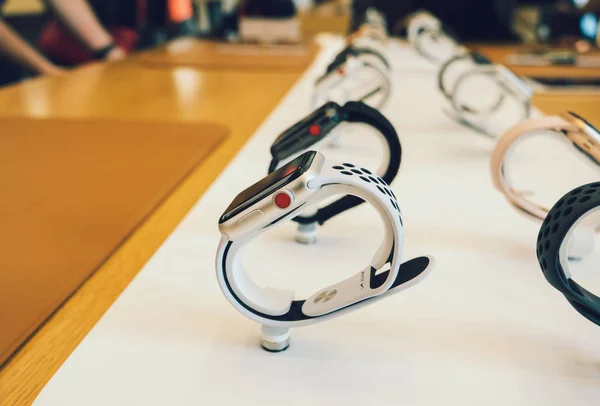
“Something good is only great when it’s getting details right.” This saying holds true in the smartwatch world, where small improvements have the power to transform user experience. Apple’s new lineup the SE 3 budget model and the Series 11 loaded with features gives consumers the choice between value and ability, but there’s a difference.
In 2025, both models have an astonishing number of fundamental features in common, ranging from the S10 chip to 64GB of memory, but differ fundamentally in health monitoring, display technology, and construction quality. For technology-minded consumers considering whether the $150 price difference is worth it, it is critical to know these differences.
This comparison distills the most significant differences, mixing design, performance, and health innovations into an easy-to-understand guide for anyone choosing which watch should sit on their wrist.
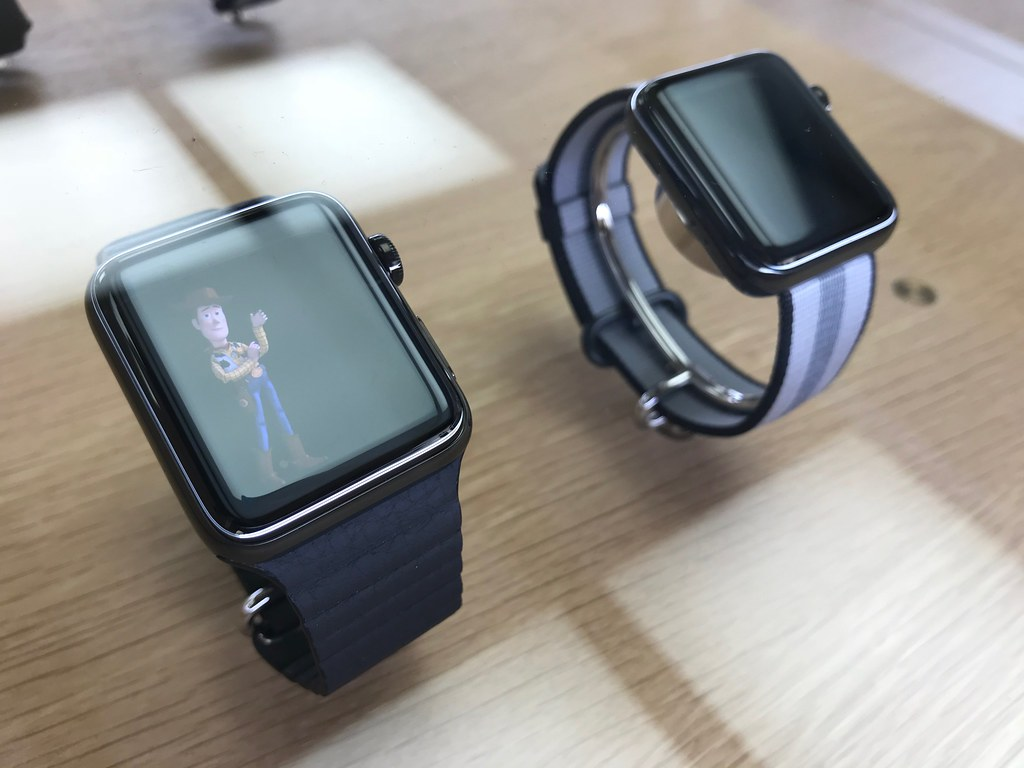
1. Design Evolution and Build Quality
Apple Watch SE 3 keeps the same case introduced with Series 4 with 40mm or 44mm options of aluminum and thicker frame bezels. In comparison, Series 11 takes up a sleeker profile with thinner cases, smoother edges, and increased screen-to-body ratio due to glass extending further over the edges.
Material options also vary. Whereas the SE 3 has only aluminum, the Series 11 has both aluminum and titanium, the latter combined with sapphire crystal for added toughness. Even the aluminum Series 11 enjoys tougher Ion‑X glass, which Apple says is twice as resistant to scratches as its predecessor. These updates enhance the sense of premium quality and durability during everyday wear.
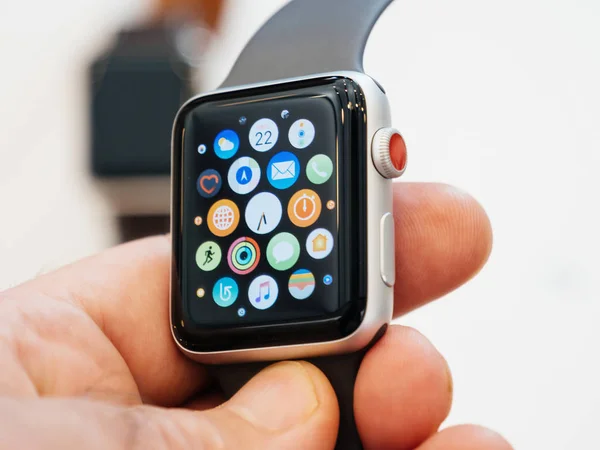
2. Display Performance and Brightness
Both of these watches incorporate LTPO OLED displays, but the Series 11 moves to LTPO3 technology, allowing for smoother always-on mode refresh rates and a live ticking seconds hand on certain faces. The SE 3’s screen tops out at 1,000 nits, while the Series 11 goes up to 2,000 nits, making it easier to see outdoors in bright sunlight.
Pixel density and screen size benefit as well. The Series 11’s bigger case sizes 42mm and 46mm have screen areas up to 1,220 sq mm, while the SE 3 peaks at 977 sq mm. Wide-angle visibility is up to 40% brighter on the Series 11, so off-angle readability is much improved for rapid glances.
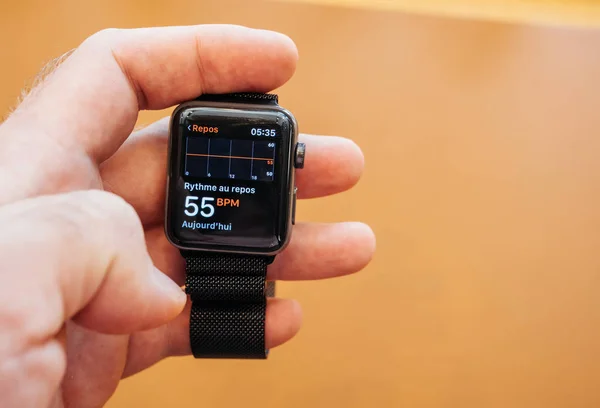
3. Advanced Health Monitoring
The SE 3 now features body temperature measurement and sleep apnea monitoring, extending its wellness arsenal. But the Series 11 introduces upper-end features third‑generation optical heart sensor, electrical heart sensor with ECG app, and blood oxygen sensor.
New to the Series 11 is FDA-approved hypertension detection, available to 150 markets.
The background feature reminds users of elevated blood pressure detected over a 30-day monitoring period, allowing for possible earlier medical treatment. For health-conscious purchasers interested in detailed health information, these features might be worth the premium cost.
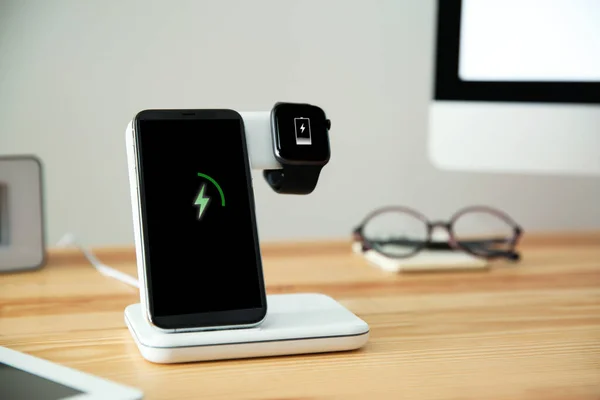
4. Battery Life and Charging Speed
Battery life is a definite plus. The SE 3 has up to 18 hours on a charge, or 32 hours in Low Power Mode. The Series 11 has up to 24 hours, or 38 hours in Low Power Mode, due to a more substantial battery.
Charging rates also work in favor of the Series 11, which charges to 80% within around 30 minutes as opposed to the 45 minutes of the SE 3. For those with busy schedules, the coupling of longer battery life and quicker charging can cut down on mid-day recharges.
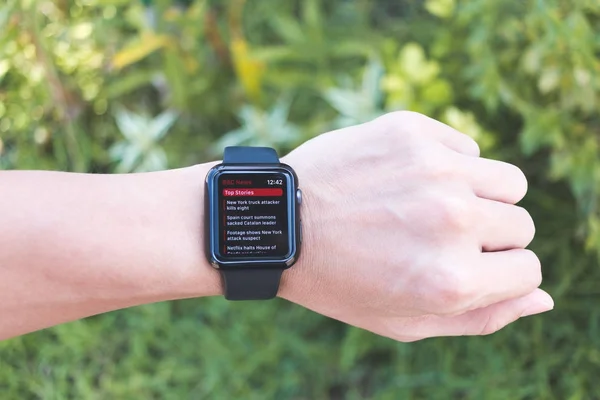
5. Connectivity and Location Features
Both have dual-band Wi-Fi, Bluetooth 5.3, NFC for Apple Pay, and the second-generation Ultra Wideband chip. But the Series 11 uses this hardware for Precision Finding, providing distance, direction, and visual, haptic, and audio cues to find a lost iPhone.
The Series 11 also more deeply integrates with HomePod, surfacing Now Playing controls or media recommendations automatically when near four meters of a speaker. Such subtle improvements simplify interaction throughout Apple’s system.

6. Fitness and Workout Advances
Both devices receive the Workout Buddy feature under watchOS 26, which provides AI-generated voice responses during exercise. The Series 11’s larger screen and greater brightness, though, make in-workout metrics easier to view under different lighting.
Workout Buddy tracks outside and inside runs, cycling, HIIT, and strength training, and can be personalized with pacing courses and objectives. Although the SE 3 comes with the same software, combining it with the Series 11’s better screen can provide a boost in usability for intense workouts.

7. Sleep Tracking and Sleep Score
It is offered on both, but the Series 11’s incorporation of the new Sleep Score metric offers a more formal evaluation. Results go from Very Low to Excellent, and they also offer details for duration, consistency of bedtime, and interruptions.
Whereas other competitors such as Samsung provide prescriptive sleep guidance, Apple’s is more informative in nature, enabling users to tell where they are falling short and make adjustments accordingly. Coupled with sleep apnea detection, the Series 11 is more comprehensive in presenting nightly health.
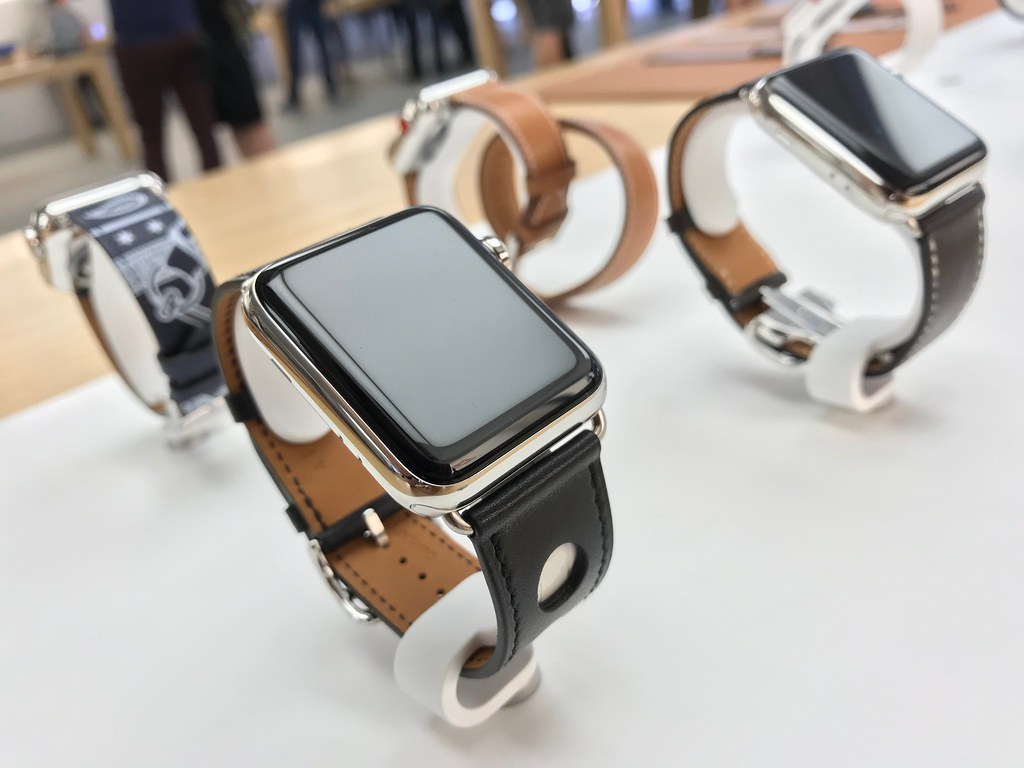
8. Price and Value Proposition
Beginning at $249, the SE 3 provides an impressive array of features at its price point, and it’s perfect for first‑time purchasers, kids, or older adults using Family Setup. The Series 11 begins at $399 in aluminum and $699 in titanium as the premium material option with advanced health monitoring and greater display performance.
For those on a budget, the SE 3’s common core hardware S10 chip, 64GB storage, and much of health functionality is little to give up. But for those who appreciate the latest wellness features, brighter displays, and more elegant design, the Series 11’s added expense can be well worth it.
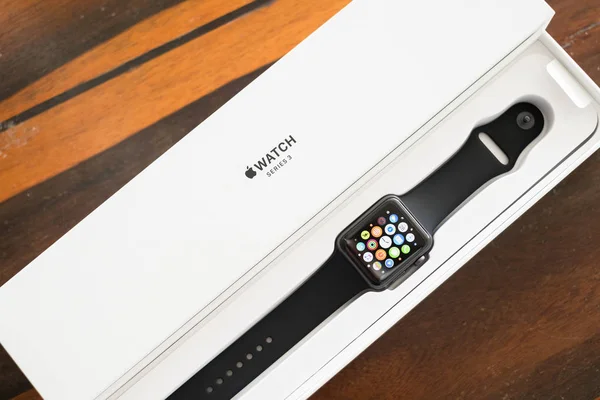
In Apple’s 2025 smartwatch lineup, the SE 3 and Series 11 speak to different priorities. SE 3 democratizes access to basic Apple Watch features at an affordable price, whereas the Series 11 adds gradations in health tracking, aesthetics, and display tech. For consumers choosing between them, the decision comes down to whether or not those improvements extend to personal requirements and are worth the extra cost testimony that in wearables, as in much else, the tiniest variations can have the greatest effect.

